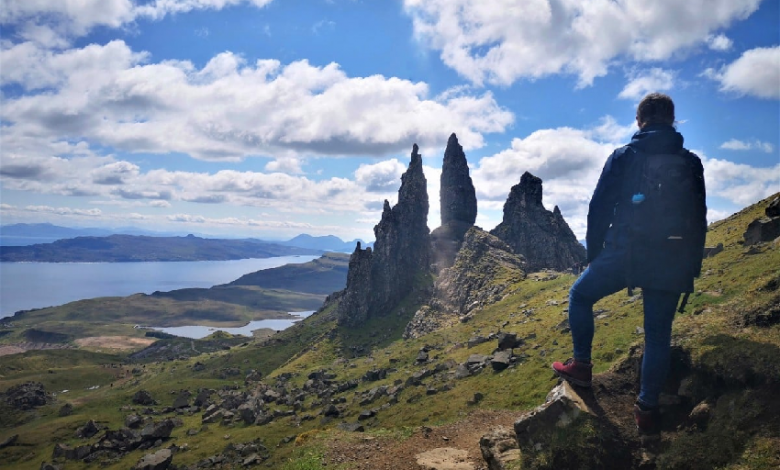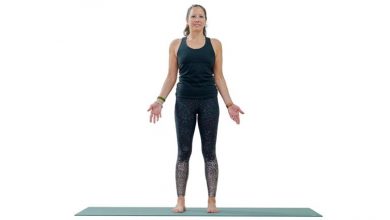Five tips for trekking alone

Are you thinking of doing a solo trek? Looking for tips for trekking? Do you want to know how to organize yourself when designing a trek? Well then, you have come to the right place. Whether you are thinking of doing a short trek or one of several days.
In this article, I am going to give you the best tips for trekking, whether it is short or long. Also, I will give you some extra tips if you plan to trek alone because, as the saying goes, prevention is better than cure.
Tips for trekking alone
There are as many types of trekking as there are shades of color. There are short and long, up to several days. There are treks that run through flat areas and there are hard mountain treks. There are those with well-marked paths and others for which you will need to have a map, a compass, and good orientation.
Therefore, when proposing a trek, it is important that you are clear about your level and the level of the trek you plan to do. Some treks can be done alone without problems and with little preparation, while for others you will need to train and organize yourself days in advance.
In the case of mountain trekking, it is important to respect the mountains and be aware that the weather can change very quickly. In fact, one of the first rules for this type of trekking is to always try to be accompanied, but if, like me, you travel alone and want to trek alone, here are a few tips to enjoy both a short and long trek and always do it safely.
Start Small

The first tip for trekking is to start small. You cannot expect to do a 5-day trek or a 100 km trek if you have not started with smaller treks before. This is like doing the Camino de Santiago, the more prepared you go, the less you will suffer the first few days, the fewer blisters you will get, and the more you will enjoy.
Therefore, before doing a long trek of several days, start training, do smaller treks, change surfaces and measure yourself and improve yourself until you have the experience and physical fitness necessary to face more demanding treks.
Take Out Good Travel Insurance
If you plan to go trekking abroad, it is very important to have good travel insurance that covers you in case you suffer an accident. Always have the policy handy and the assistance number so that you can contact them if necessary.
If you are going to trek in the mountains, it is also important that you check up to what height the insurance covers you. For example, I did an 8-day trek in Nepal, in the Langtang Valley, in which I climbed almost 5,000 meters high. Keep in mind that most insurances do not cover rescue at these altitudes. Therefore, it is important that you make sure you are covered wherever you go in case you have to be rescued.
Make Sure You Travel In Communication And Share Your Route
Another super important tip when trekking alone is to try to do it in communication. It is not always easy since in the mountains coverage is often lost. Even so, always try to notice where you are going, share the route you will take before leaving, and, whenever you have coverage, share your location with a friend or family member. Thus, in case you get lost they will have a nearby point of reference.
Wear Good Equipment
You do not need to spend hundreds of euros on the best equipment on the market, but it is important to wear clothes that you feel comfortable in and that you have worn before. Nowadays there is technical clothing at super cheap prices so if you plan to do trekking regularly, it may not be a bad thing to invest a little in comfortable and breathable clothing.
But where you should invest the most is in footwear. It is very important that you choose shoes or boots designed for the type of trekking you want to do. For example, if you are going to trek on flat terrain, you can use trekking shoes without a cane. On the other hand, if you are going to do mountain trekking, my recommendation is that you choose good boots that support your ankle, to avoid sprains and injuries.
It is also very important that you wear your shoes a lot before trekking. There is no worse idea than trekking with new shoes. Sores, blisters, and wounds are insured if you wear new shoes. Therefore, also take band-aids, Compeeds, and high socks.
Check The Weather Before Leaving
Another very important point when trekking is to take into account the weather, especially on high mountain treks. It is not the same to make a trek with a radiant sun as with finite rain or with an infernal storm.
Also, you have to keep in mind that the weather changes very quickly in the mountains. A sunny day can cloud over in a few minutes to give way to a wall of fog or a thunder and lightning storm. You have to have a lot of respect for the mountain and be well informed before leaving on a specialized application.
Some of the websites and applications that I use when checking the weather forecast in Spain are Aemet, AccuWeather, WeatherPro, tiempohoy.com, Windguru, and WeatherUnderground. Do not stay with just one, consult several and compare.
Once on the road, keep an eye out for changes. Observe the clouds, and the changes in the wind and, if you have coverage, check the weather evolution in the previous applications. In the mountains, never forget plan B and, if the weather turns bad, it is best to take shelter or go back. Never take unnecessary risks.
You may like to read Six trekking tips for beginner



